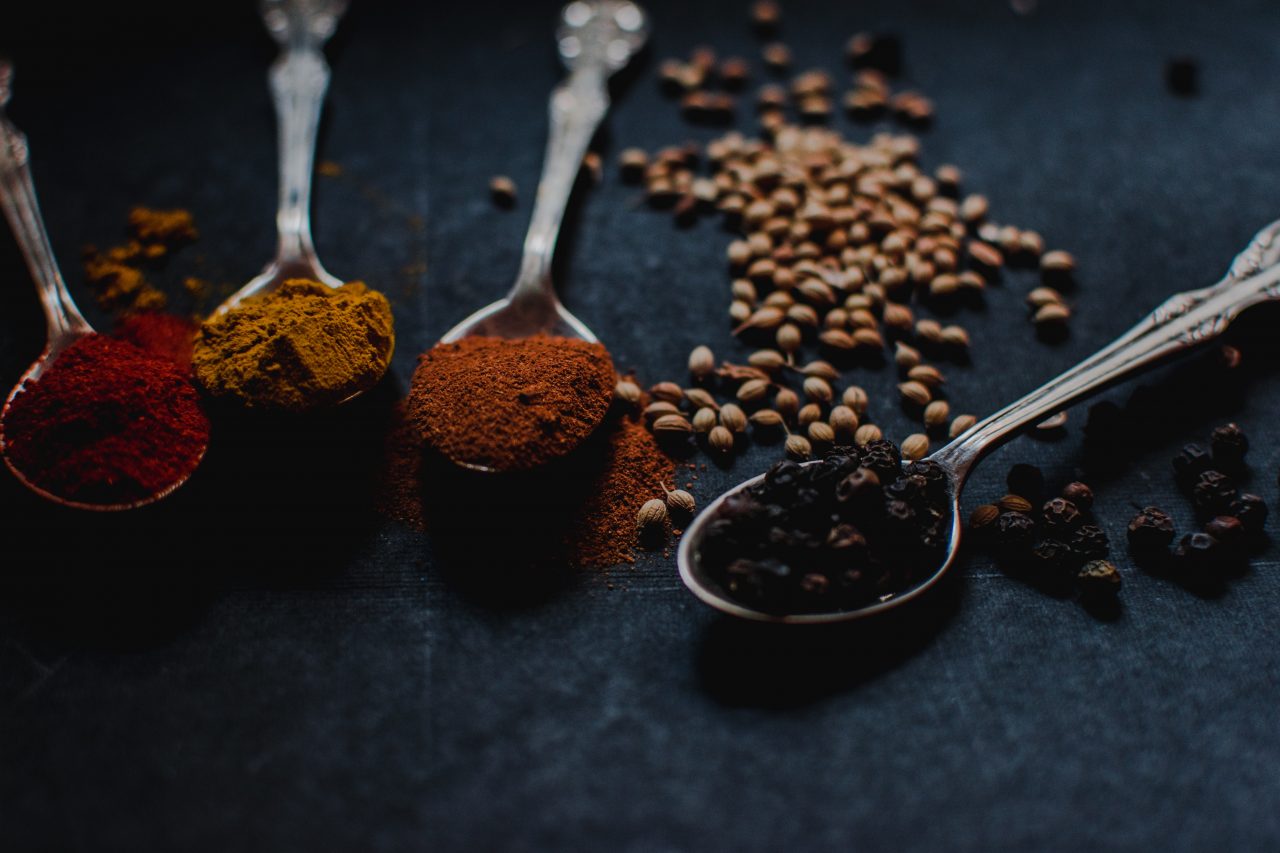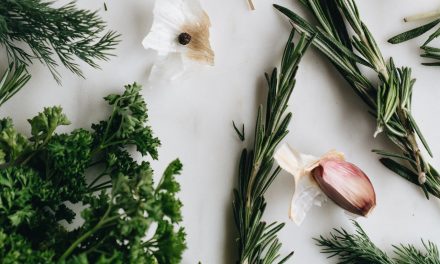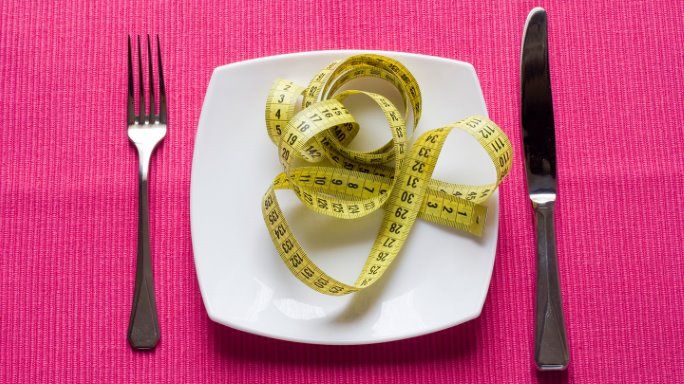
1 Lose Weight (if You Need to)
“Every pound you lose is less stress on your knee joints,” Dr. Martin says. On level ground, every step you take puts pressure on your knees equal to one and a half times your body weight, according to Harvard Medical School. Add stairs, and the pressure on your knees increases to double or triple your body weight. That’s why it’s important to lose weight if you’re overweight, and to maintain a healthy weight once you get there. Losing weight also makes it easier to be active, and staying active is better for your knee joints than sitting still, Martin notes.
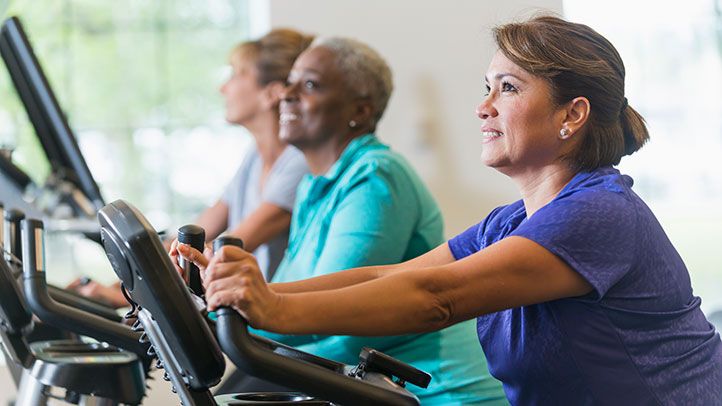
2 Exercise Regularly
People with osteoarthritis of the knee often shy away from exercise because it can hurt, Martin says, “but being fit aerobically and maintaining muscle strength is very important to avoid muscle atrophy that can make symptoms worse.” In fact, according to a research review published in May 2019 in the Annals of Physical and Rehabilitation Medicine, about eight weeks of exercise can reduce pain in people with knee and hip osteoarthritis while boosting their quality of life.
The Arthritis Foundation tells people to do mini-squats as well as quad and hamstring stretches to help keep their knees strong. Start slowly and build up the number of reps you do. You can also work with a physical therapist to tailor exercises to your condition, suggests William Behrns, PT, DPT, a physical therapist at the Hospital for Special Surgery in New York City.

3 Stretch, Too
Gentle, progressive stretching can improve blood flow and flexibility to stiff joints, says Shawn Talbott, PhD, CNS, LDN, author of Natural Solutions for Pain-Free Living. “Improving blood flow helps flush the joint and surrounding tissues with the delivery of oxygen and nutrients and the removal of breakdown products,” he says.
In addition, gentle movement that takes you through a range of motion, such as the practice of tai chi, may help ease knee osteoarthritis pain, according to the Arthritis Foundation. Tai chi also makes the list of the American College of Rheumatology recommendations for managing knee arthritis.

4 Eat a Healthy, Anti-Inflammatory Diet
Osteoarthritis also involves inflammation of knee joints, “so it seems prudent for people to eat a diet that reduces inflammatory markers,” says Kim Larson, RDN, a board-certified specialist in sports dietetics, founder of Total Health, a nutrition consulting company, and a former spokeswoman for the Academy of Nutrition and Dietetics. Choose a variety of fruits and vegetables that are high in phytonutrients, including inflammation-fighting antioxidants such as vitamins C, D, and E and selenium. They’re also low in calories, so a diet favoring them helps you lose weight, Larson says. Add cold-water fatty fish, such as salmon, tuna, mackerel, and herring, to the menu. They’re high in omega-3 fatty acids, also known to have anti-inflammatory properties.
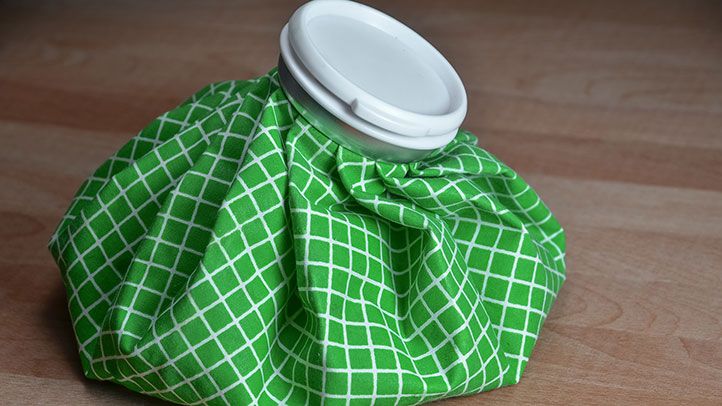
5 Use Ice and Heat Therapy
“Ice is mother nature’s anti-inflammatory,” says Darwin Chen, MD, an orthopedic surgeon specializing in joint replacement surgery of the hip and knee and an associate professor of orthopedics at the Icahn School of Medicine at Mount Sinai in New York City.
“Ice can be good at the end of a long day if your knee becomes inflamed,” he says, whereas heat is good for warming up your knee in preparation for an activity. Never apply ice directly to your skin; always place a towel on your skin before applying the ice to your knee.
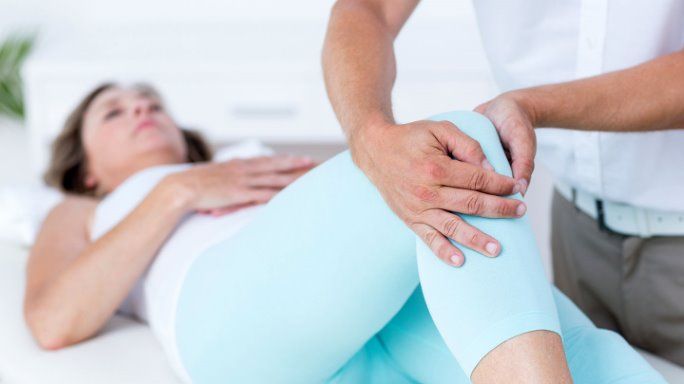
6 KNEE PAIN RELIEF KIT
Knee Pain Relief Kit is great product for knee pain, joint replacement , joint pain and all types body pain. Check Now



